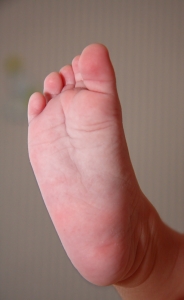Researchers from St Vincent’s Hospital, Melbourne, and the ARC Centre of Excellence for Electromaterials Science (ACES), Wollongong, are meeting with clinicians, medical device manufacturers and policy makers to discuss the future of fabricated medical implants.
"It is already possible to print 3D biocompatible plastics and metals to manufacture patient-specific implants," ACES Director Professor Gordon Wallace said.
"Within a few years, we believe it will be possible to manufacture living tissues like skin, cartilage, arteries and heart valves using cells and biomaterials. Using a patient’s own cells to create this tissue avoids issues of immune rejection. By 2025, it is feasible that we will be able to fabricate complete functional organs, tailored for an individual patient."
Professor Wallace said 3D printing, or additive fabrication, uses machines to build 3D objects layer-by-layer from digital data.
"While 3D printing is already being used in some medical applications, by bringing together the materials and scientists at ACES and the clinicians and researchers at SVH we have been able to accelerate our progress so that we are now on the verge of a new wave of technology leveraging 3D printing/additive fabrication techniques to deliver solutions to a number of medical challenges," Professor Wallace said.
"These include bionic devices, the regeneration of nerve, muscle and bone, as well as epilepsy detection and control."
Professor Wallace said the research would receive a huge boost with the launch of an additive biofabrication unit at St Vincent’s hospital in Melbourne, expanding the program from its base at the University of Wollongong’s Intelligent Polymer Research Institute (IPRI), the lead node of ACES. The St Vincent’s facility will be the first of its kind in Australia to be located in a hospital.
"This is an exciting development involving the establishment of a customised facility at St Vincent’s, Melbourne. This will put our scientists and engineers in direct contact with clinicians on a daily basis. This is expected to fast track the realisation of practical medical devices and the reproduction of organs," Professor Wallace said.




